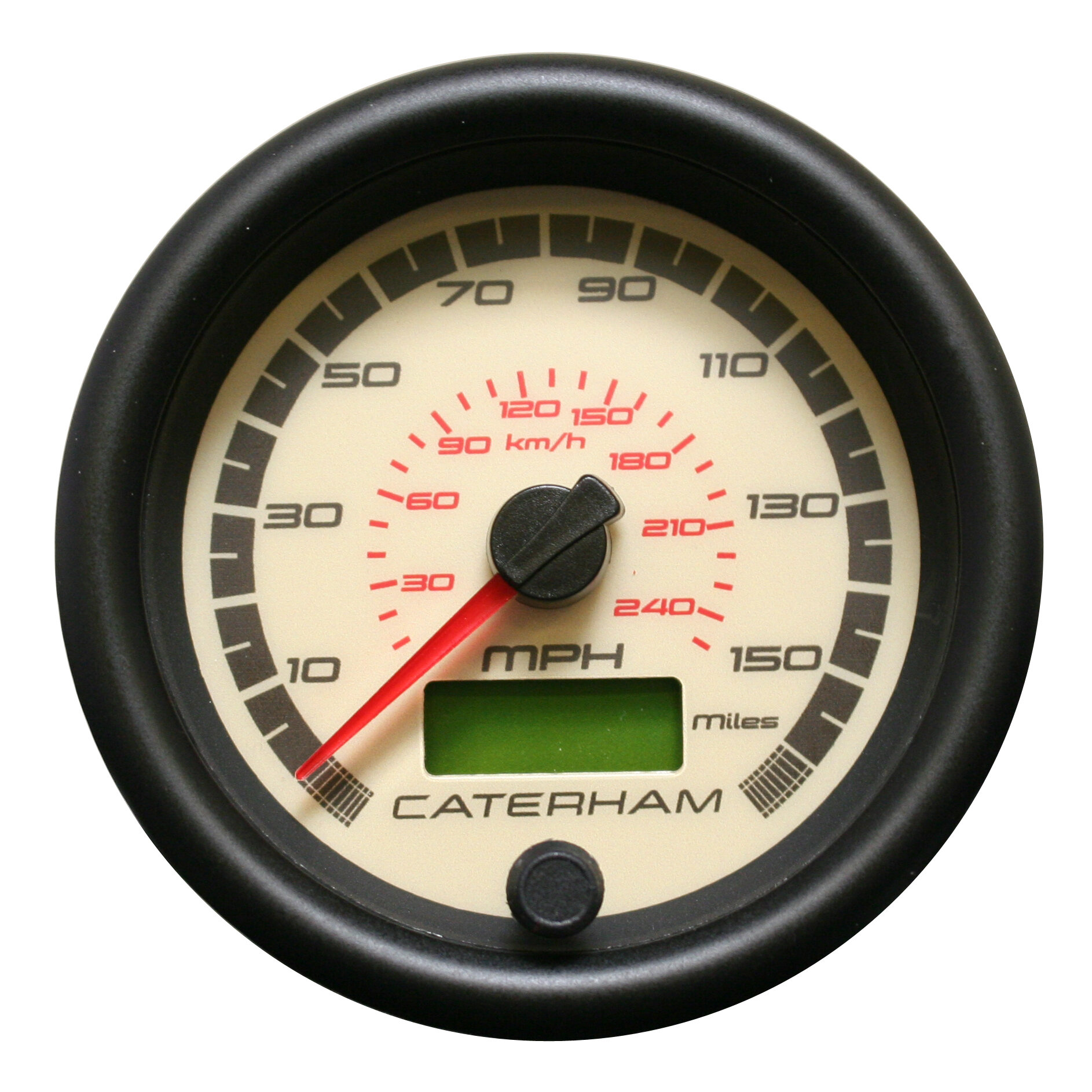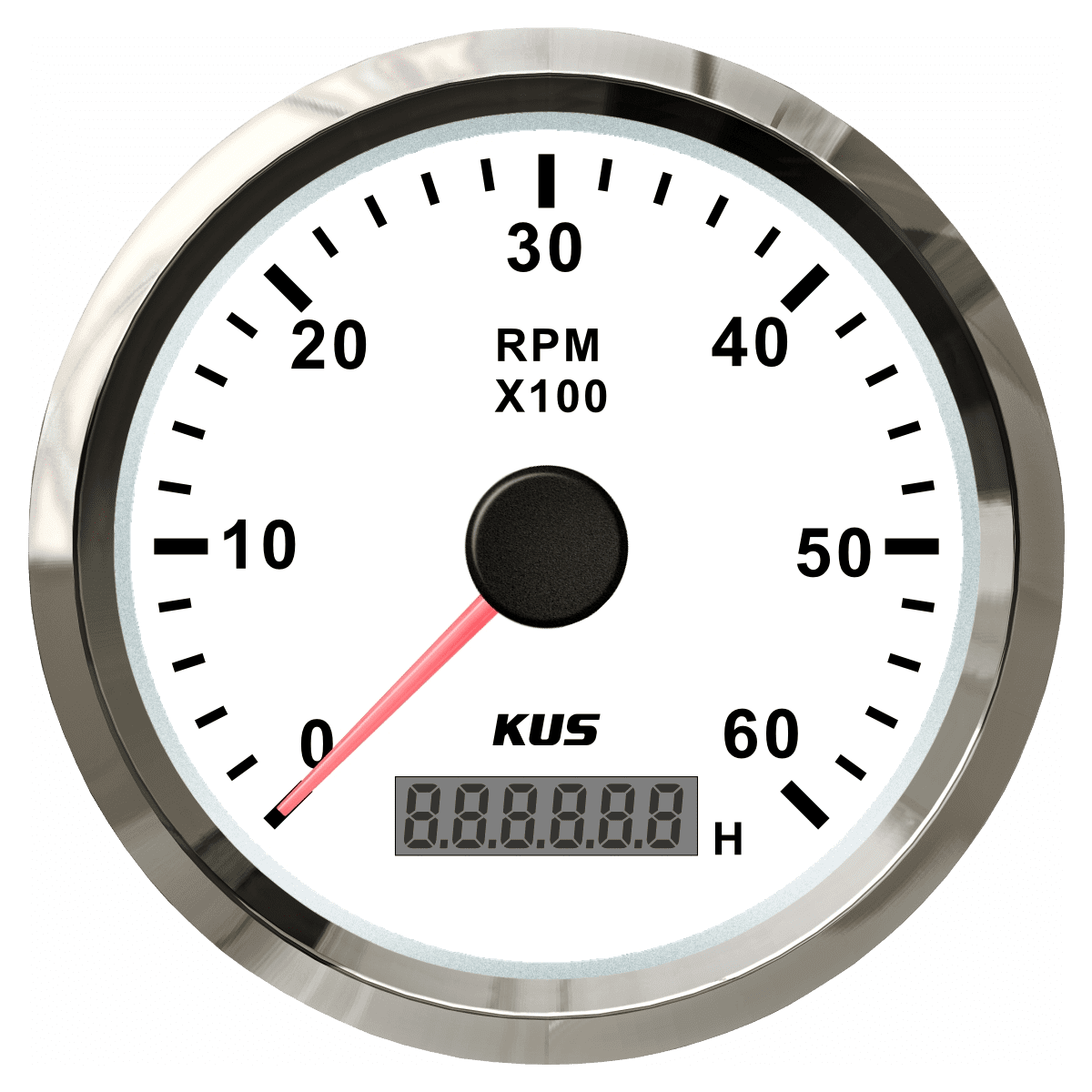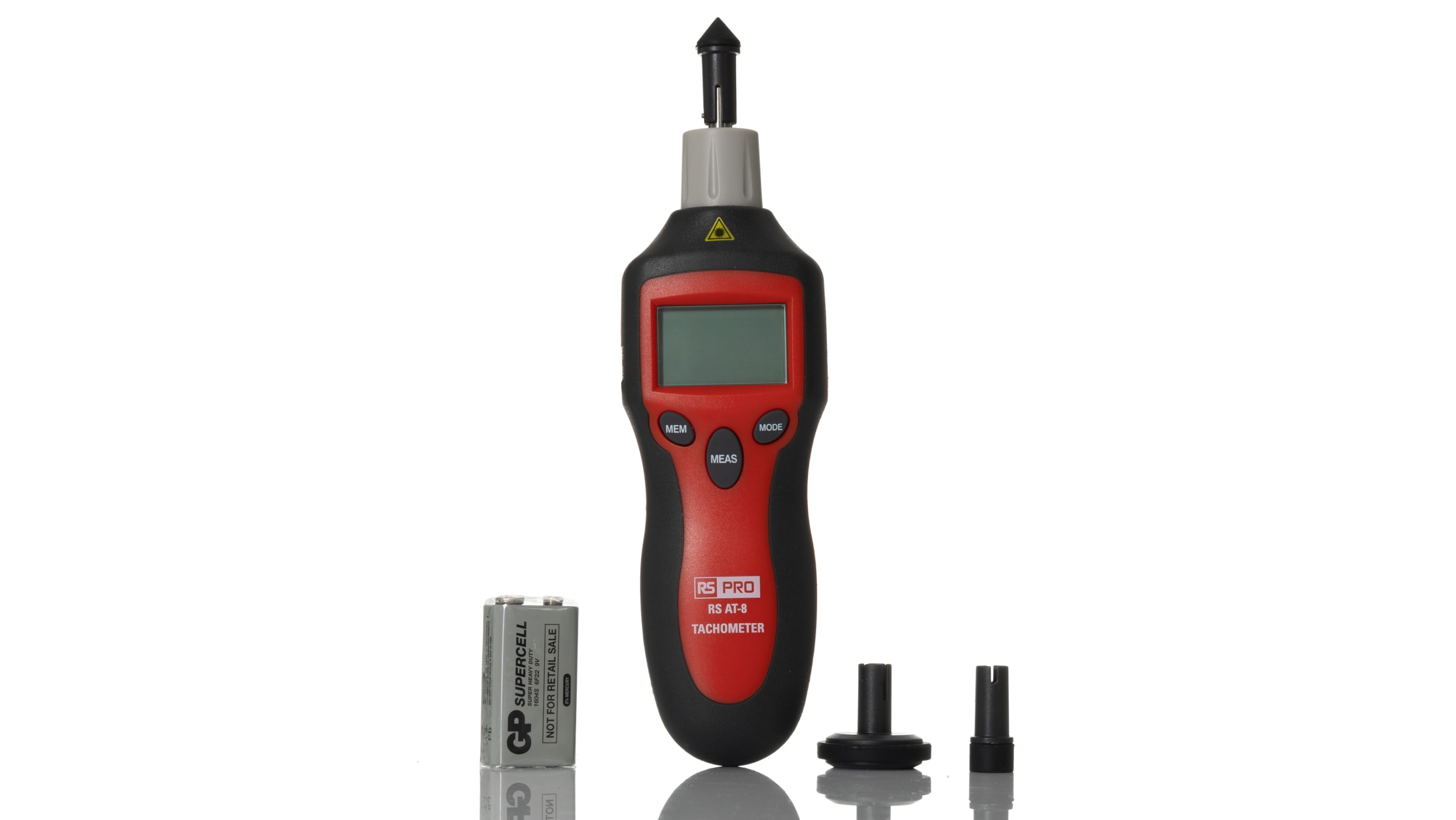The Relevance of a Tachometer in Keeping Track Of Engine Rate and Performance in Automotive Applications
In the world of auto engineering, the tachometer stands as a critical instrument in the motorist's collection, providing a direct home window right into the inner workings of a lorry's engine. Past its feature as a simple scale of revolutions per min (RPM), the tachometer serves as a vital device for fanatics and professionals alike, providing real-time insights into engine performance and health.
Significance of Monitoring Engine RPM
Keeping track of engine RPM, or revolutions per minute, is a vital element of automobile maintenance and performance assessment. Engine RPM directly correlates with the speed at which the engine's crankshaft rotates, showing just how promptly the engine is running - tachometer. By checking RPM, technicians can analyze the health and wellness of the engine, find prospective problems, and fine-tune performance. An abnormal RPM analysis might indicate troubles such as engine misfires, damaged trigger plugs, or concerns with the gas shipment system. Regularly high RPM readings can show aggressive driving habits or the demand for a greater gear shift to boost fuel efficiency.
Additionally, keeping an eye on engine RPM is crucial for performance analysis in racing and high-performance lorries. In summary, keeping an eye on engine RPM is not only crucial for detecting problems however also for maximizing engine efficiency in numerous automobile applications.

Advantages of Real-Time Information
In automobile applications, real-time data plays a vital duty in providing instant insights into the performance and condition of the lorry. By continually monitoring numerous criteria such as engine rate, temperature level, gas intake, and more, real-time data offers numerous benefits that contribute to boosted performance and safety and security when traveling.
Furthermore, real-time information assists in performance optimization by giving instant feedback on driving habits and engine efficiency. Vehicle drivers can change their actions in real-time based on this info to achieve much better fuel economic climate and lengthen the life expectancy of their vehicle.

Furthermore, real-time information plays an important duty in modern automobile diagnostics, enabling service technicians to quickly identify and resolve malfunctions. This brings about decreased downtime, reduced maintenance prices, and ultimately, boosted overall car integrity and longevity (tachometer). By taking advantage of the power of real-time data, vehicle stakeholders can make informed decisions that favorably influence both the efficiency and longevity of the automobile
Influence on Gear Shifts
Reliable gear shifts in automobile applications dramatically affect general performance and driving experience. The tachometer plays a vital function in optimizing gear shifts by offering real-time engine speed information to the motorist. When coming close to the redline on the tachometer, it indicates the vehicle driver to upshift to stop over-revving the engine and triggering prospective damage. On the various other hand, downshifting at the ideal minute can aid informative post maintain the engine in its power band, making certain receptive acceleration when required.
In addition, the tachometer aids in achieving smoother gear transitions, particularly in manual transmissions. By keeping an eye on engine speed, drivers can perform equipment changes at the ideal RPM variety, reducing jerking activities and lessening wear on the transmission parts. This accuracy on duty modifications not only enhances driving comfort however also adds to sustain efficiency.
Enhancing Gas Performance
Offered the crucial role the tachometer plays in optimizing gear changes for performance and engine health and wellness, it straight adds to optimizing gas performance in automobile applications. By offering real-time responses on engine speed, the tachometer aids vehicle drivers in preserving the most efficient RPM range for gas economic climate. When vehicle drivers constantly keep track of the tachometer and readjust their motoring practices appropriately, they can avoid unnecessary gas intake caused by over-revving or lugging the engine.
In addition, the tachometer helps motorists identify the most fuel-efficient gear to be in at any provided moment, stopping the engine from functioning more difficult than needed. This is particularly critical during velocity and cruising, where being in the right gear can substantially influence fuel efficiency. Furthermore, the tachometer can notify vehicle drivers to possible mechanical issues that could be negatively impacting gas economy, such as a sliding clutch or a blocked air filter. To conclude, the tachometer functions as a beneficial tool in enhancing fuel efficiency by advertising optimum driving routines and recognizing areas for renovation in the car's performance.

Maximizing Engine Longevity
The tachometer's function in keeping an eye on engine rate and efficiency contributes in guaranteeing the durability of auto engines. By using the tachometer effectively, drivers can maximize engine longevity via conscious RPM monitoring. Regularly revving an engine expensive can bring about too much damage on crucial parts, such as the pistons, valves, and bearings. In time, this can lead to lowered engine efficiency and prospective malfunctions. Monitoring the tachometer enables drivers to remain within the recommended RPM range for their vehicle, protecting against unnecessary stress on the engine and extending its life expectancy.

Conclusion
In conclusion, the tachometer plays a critical function in keeping track of engine rate and performance in auto applications. By supplying real-time data on RPM, it permits reliable equipment shifts, click here to find out more boosted fuel performance, and optimized engine longevity. This device is important for keeping optimal engine efficiency and guaranteeing the total functionality of an automobile.
Comments on “Professional Tips for Preserving and Adjusting Your Tachometer”